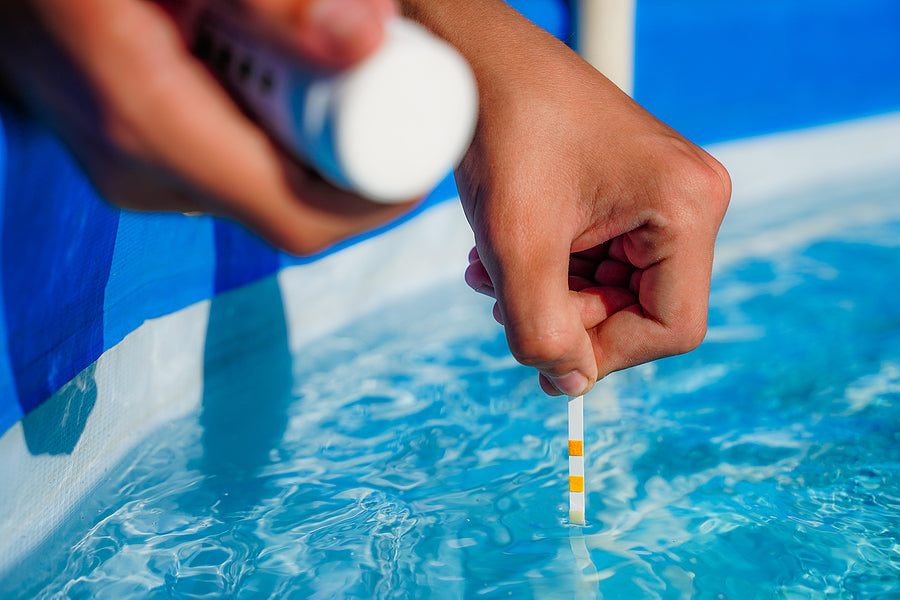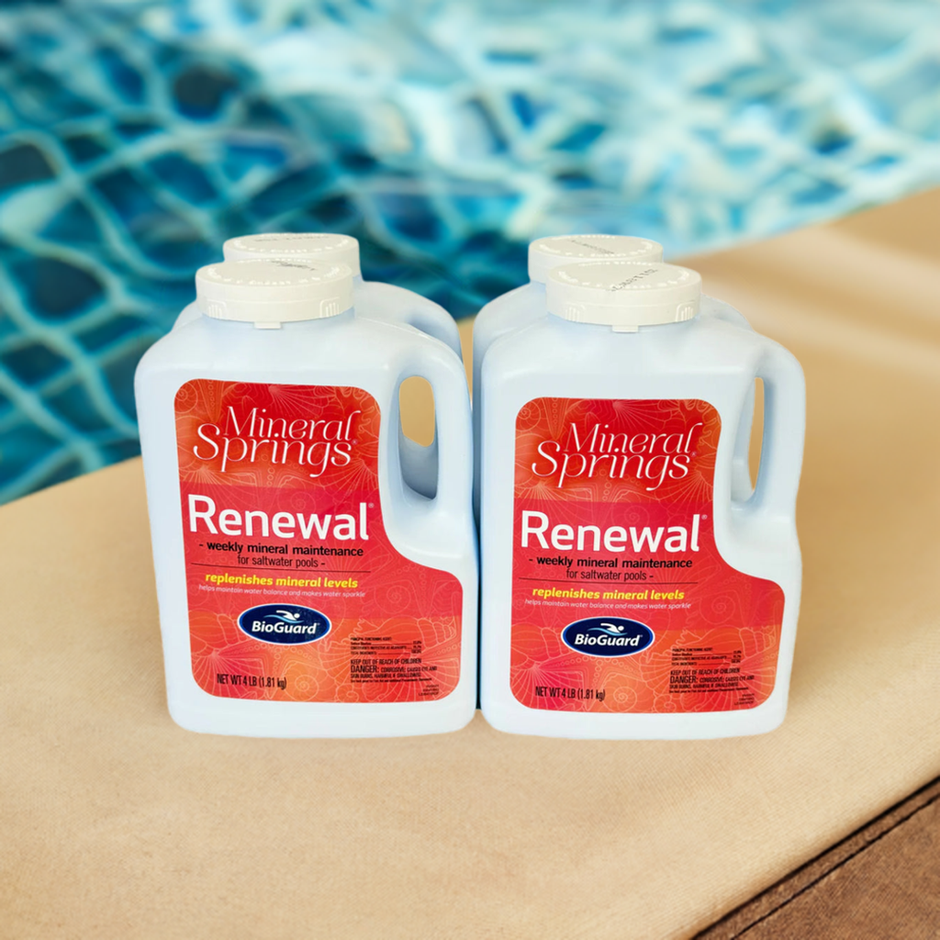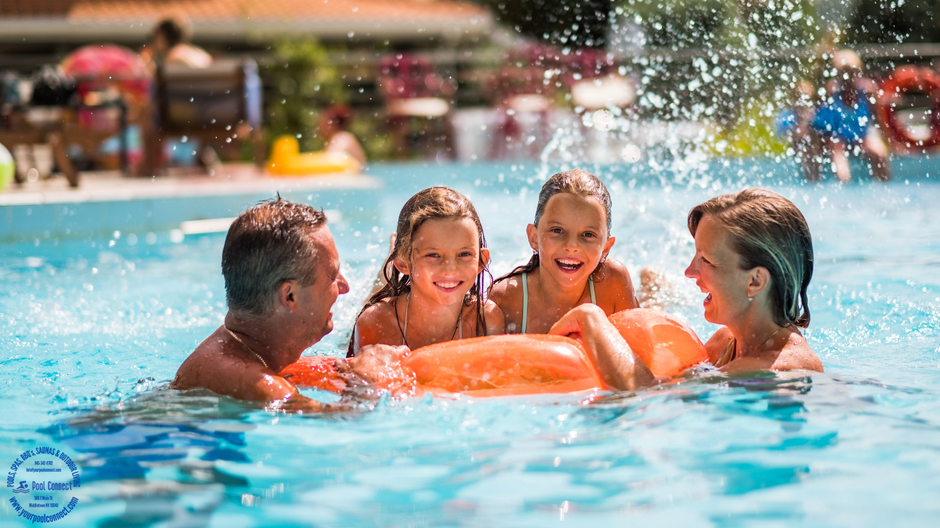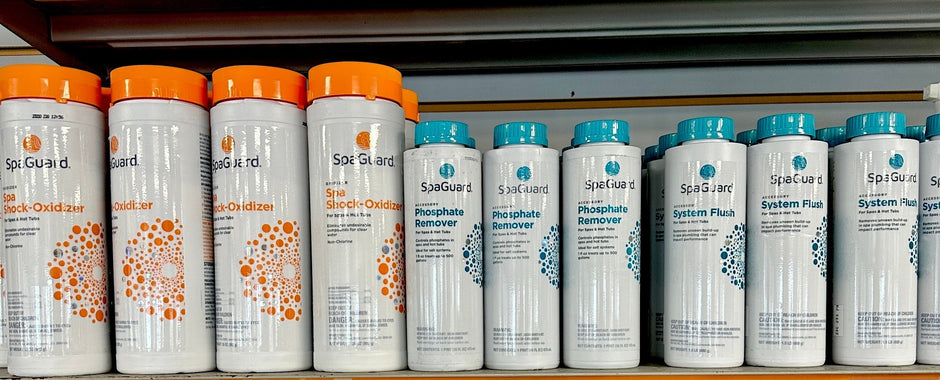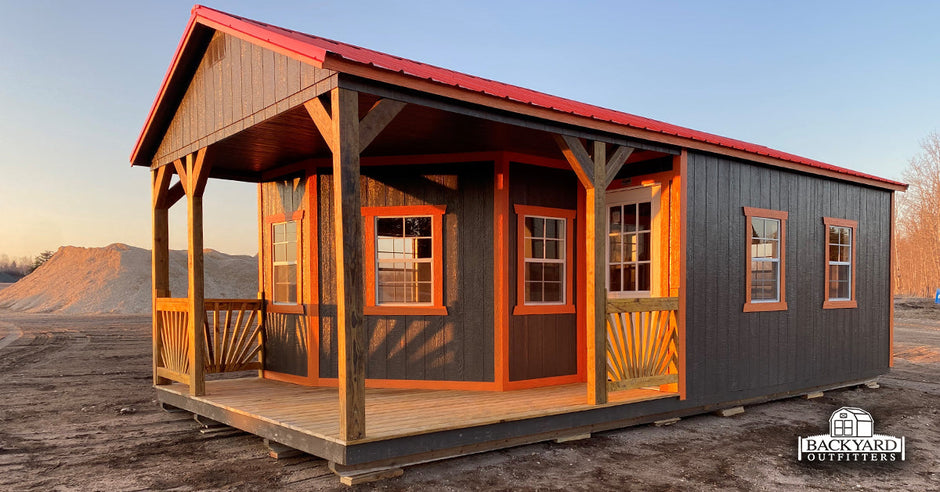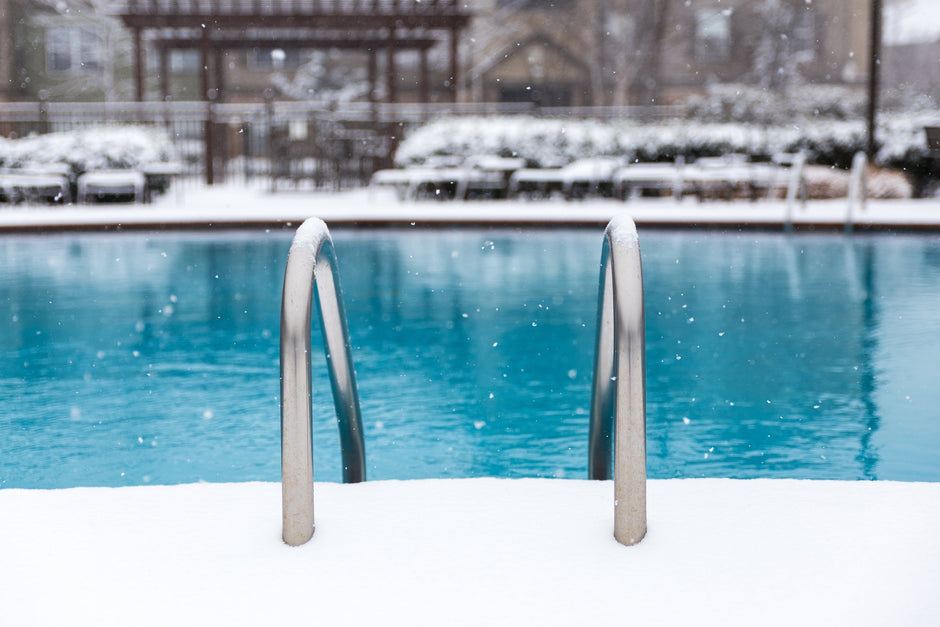Swimming Pool Chemical Maintenance
Save time and money by ensuring your pool water is always properly balanced. You don't need a professional to take care of balancing your water. Believe it or not there is several ways to do this yourself at home with at home test strips/kits. You can also always take your water into your local pool store to have it tested and see what if any maintenance you need to do. A few minutes each week should be designated to ensuring your swimming pool water is balanced and safe for use. Ensuring proper balance will also help extend the life of your pool equipment.
Pool Total Alkalinity Chart
Use this pool Alkalinity dosage chart to determine the correct amount of pool alkalinity adjustment chemical to add for a desired change in total alkalinity levels. Alkalinity buffers pH, too little Alkalinity makes pH erratic, and too much makes pH resistant to change. Use pH Reducer to lower Alkalinity and Alkalinity Increaser to raise the level.

Pool pH Chart
Use this pool pH dosage chart to determine the correct amount of pool pH adjustment chemical to add for a desired change in pH level. A low pH of 7.1 is desirable for shocking and sanitation, but 7.4 is best for swimmer comfort, surface protection and overall water balance.

Pool Calcium Hardness Chart
Use this pool Calcium Hardness chart to determine the correct amount of pool calcium to add for a desired change in hardness levels. To lower pool water hardness, the solution is dilution! If your water has less than 200 ppm of total hardness, add Calcium Increaser.

Pool Shock Treatment Chart
Use this pool shock dosage chart to determine the correct amount of pool shock treatment. 30 PPM chlorine shock chart for killing algae and bacteria, and the 3.0 PPM super chlorination chart, used for cloudy water, after rain or heavy use, or low chlorine levels.

Pool Chemical Levels
These are the ideal levels for pool chemistry, or the most acceptable range for proper pool water chemistry. These are the average ideal ranges, however there are times when it can be desirable or necessary to operate outside of one or more of these ranges.
- pH – 7.4 to 7.6
- Total Alkalinity – 80 to 120 ppm
- Calcium Hardness – 200 to 400 ppm
- Cyanuric Acid – 20 to 50 ppm
- Free Chlorine – 2.0 to 4.0 ppm


